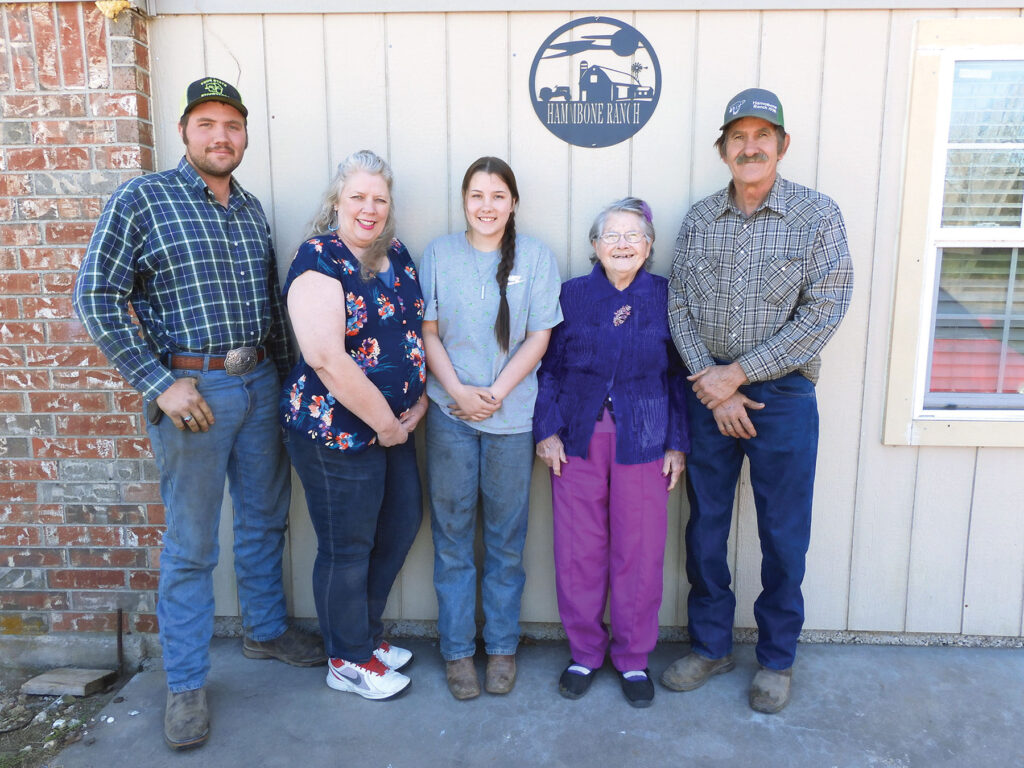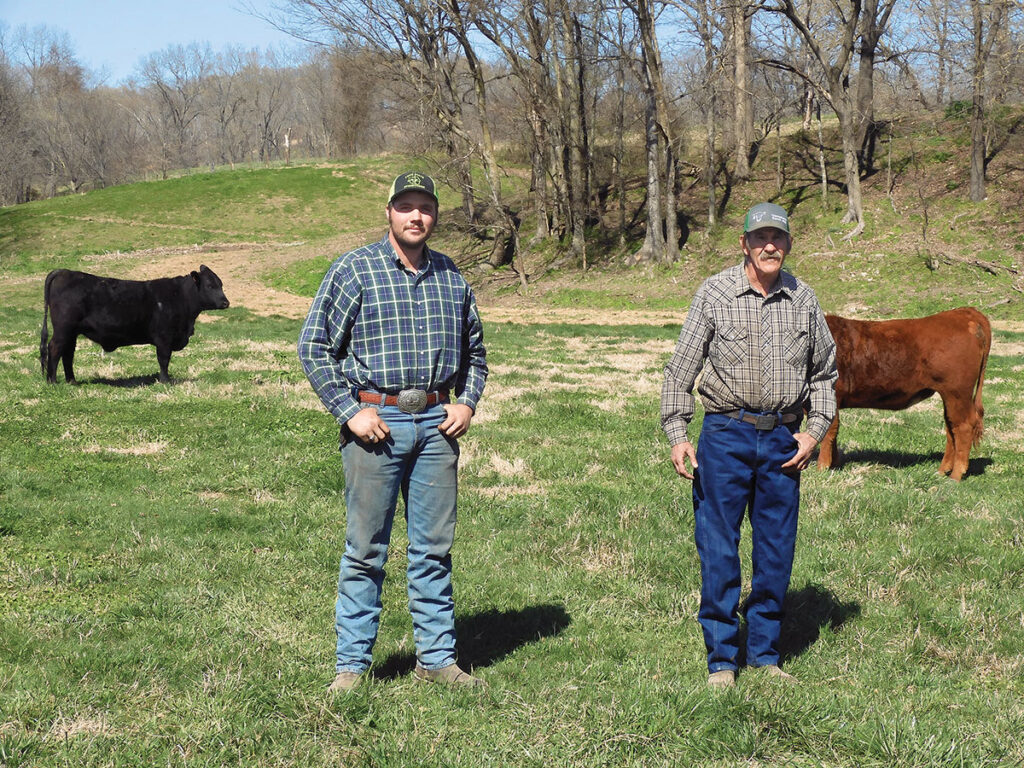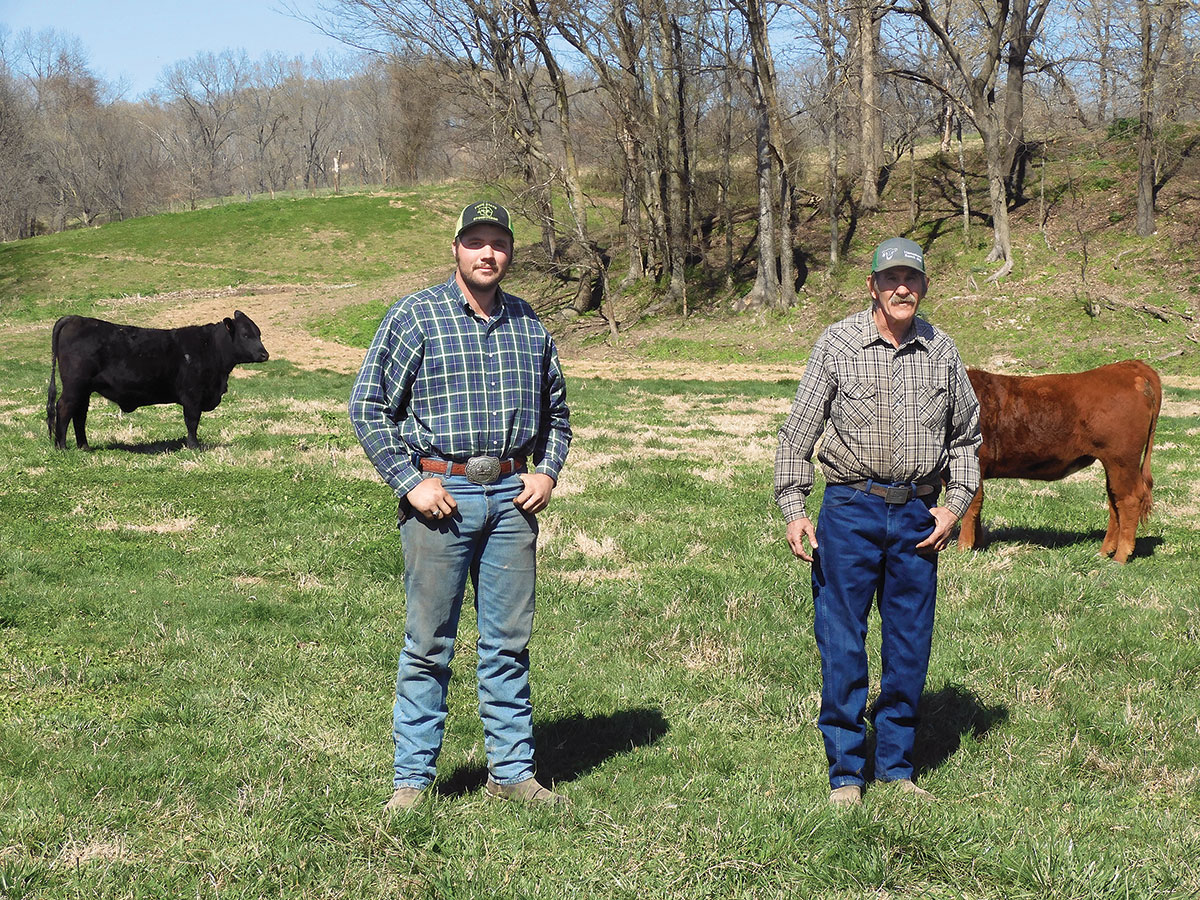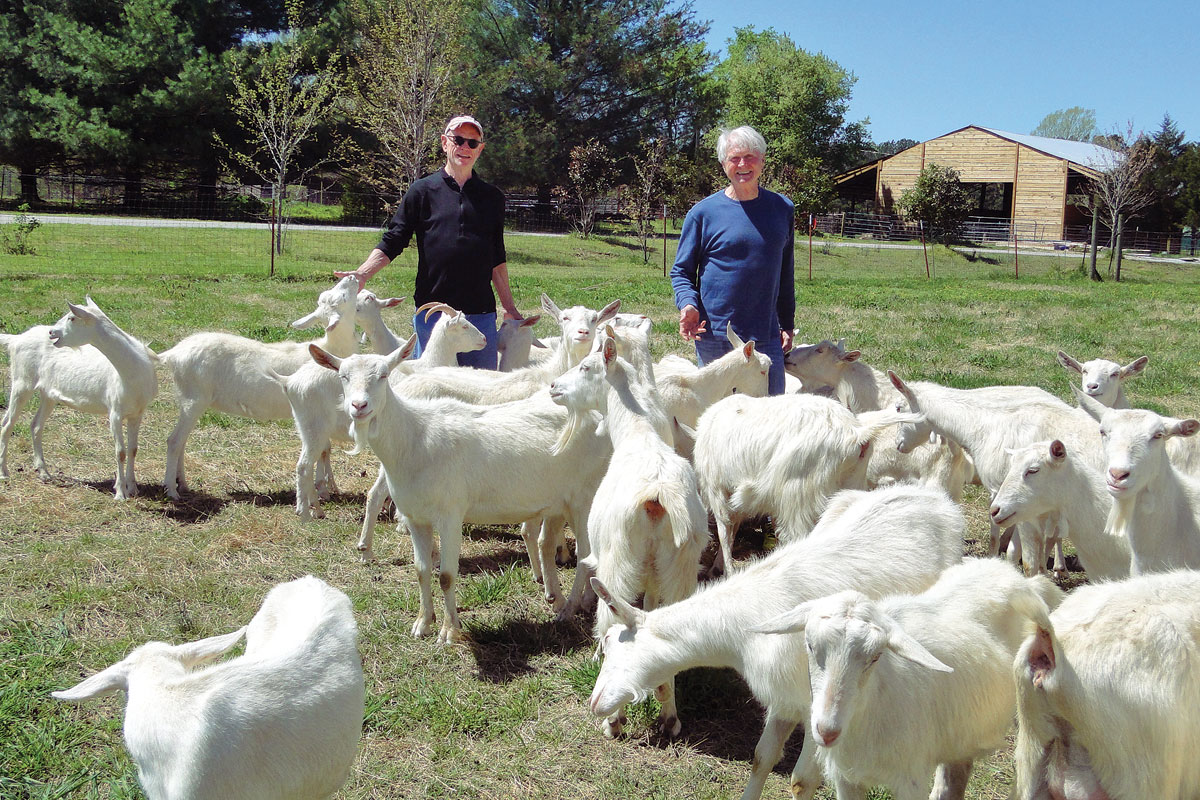
The Hamm family started with 90 acres and now has about 500
In 1958, Thomas Franklin and Darylene Joy Hamm traveled from a strawberry farm in Marshall, Ark., to a 90-acre strawberry farm in Stilwell, Okla., that was for sale near to Tom’s parents.
When Tom explained he didn’t have the money to buy the farm he offered to trade his new pink and ivory Chevrolet for the land, the sellers agreed; and the Hamms put down roots.
In order to support the family, Tom worked away from home in the steel construction industry and eventually became an inspector on the fuel tanks of the rocket Neil Armstrong took to the moon. The money was good, but being away from the farm and his young family was too strong a pull. As a result, he returned home, adding a dairy and pigs to the strawberries so he could afford to stay there. Darylene enjoyed taking strawberries to the annual Stilwell Strawberry Festival, and also sold eggs and garden produce. Their second son Farrell was particularly fond of the pigs, though he helped with the dairy as well.
“We kept about 30 sows with six to eight giving birth at the same time,” Farrell recalled. “I really enjoyed the baby pigs running all over and the mommas all laying down at the same time to nurse. Somehow the sows knew if the wrong piglet attached and slapped it away to find the right mother, which it always did.”
In the late 1980s, Tom began transitioning to a commercial beef cattle herd. He had Herefords, but wanted a higher- quality bull and purchased a Brahman bull to produce F1 Tigerstripes because they had a larger frame and weighed 100 pounds more at weaning. He kept heifers and later purchased six Charolais bulls to put on the F1s, which made good calves even better.
“My dad loved to tell the story about a guy at a sale barn telling him his calves wouldn’t sell as well as black ones,” Farrell recalled. “Not skipping a beat, my dad explained that the guy might be right, but at the end of the day he would have the bigger check because his calves were heavier.”
Farrell now runs the farm with his son James, and the farm has grown to 500 contiguous acres, with James owning another 100 nearby. Farrell and James work together every day, with Farrell’s wife Jackie actively involved in vaccinating and other working pen chores as daughter Tara “straw bosses” and keeps an eye on her goats.
The ranch maintains 150 breeding females and retains at least 10 to 15 heifers every year as replacements as cows get old, udders break down, or one becomes what Farrell calls a “welfare cow,” one who doesn’t earn her keep. A cost-saving measure is keeping only heifers who are from proven and currently productive cows.
“If a cow skips a cycle or even breeds late, it’s time to get rid of her because if she did it once, she will continue doing so,” Farrell said. “We don’t want to lose the calf development time even for a late breeder because that lateness will eventually turn into a whole cycle and a lost calf.”
James credits his father for teaching him all he knows about cattle. He also pursued a backup career in heavy equipment before returning and working on the ranch, just as his father had run a couple of trucks in addition to farming before James returned.
“You never know when you’re going to need a backup income,” James explained. “We keep as many different sources of income as we can. In addition to running the ranch, we haul hay for people and sell timber off our land. We then reclaim the land as pasture with pasture now being 70 percent of our acreage.”
The ranch has eight mostly papered bulls: two Charolais, one Brahman, two Herefords, two SimAngus, and one Angus. The variety may seem random but is actually tailored to meet specific goals ,with one current goal being to increase the Brahman content in calves.

In the recent past, the ranch sent cattle north to Joplin or Exeter, Mo. Farrell explained that adding the Brahman back into the herd may require selling those calves further south, perhaps in Fort Smith, because Brahmans don’t handle cold well but thrive in heat.
“Our Angus bull is slick-headed and is used with first time heifers,” James explained. “Herefords are put on straight blacks to create black baldies. The SimAngus bulls are black but carry red genes from the Simmentals and work well with larger cows by producing stronger, larger calves. All of that takes precise record-keeping, and we have an ear tag system that helps make everything easier because we don’t want the family tree to go straight up”
Another pending change is purchasing “bawling” and possibly unworked calves for backgrounding. Those calves will be worked as soon as they arrive and kept separate from the ranch-born calves. All calves will receive a mix of hominy and corn gluten pellets every day, with the same ration used for recovering bulls and during the winter as needed for total herd health.
“My dad always used to say that if you have cattle and can’t afford to feed them, you don’t need them,” Farrell explained. “I’ve always believed that and try to make sure that all of them, but especially the mommas, get exactly what they need when they need it. A well-fed momma means no creep feed and a well-fed calf with a fully-developed immune system.”
A complete nutrition system also means good pasture and hay. Farrell and James soil test and always fertilize whether with commercial fertilizer or a combination of commercial and chicken litter. Father and son also keep an eye out for sage grass because they believe sage grass popping up is an indicator of lime deficiency. An additional important practice is the timing for herbicide application. They want to catch the time period after the clover has seeded but before the weeds seed, especially before the thistles. The practice allows clover to survive even using an herbicide unfriendly to clover because the herbicide does not affect clover seeds. Some well-established pastures may only need spot spraying.
Because all land is dual-purpose, the cattle are rotated while maintaining a sufficient grass height of 3 to 6 inches to prevent roots from being burnt and to ensure strong recovery. Land practices produce almost enough hay for their needs, though they purchase some off-ranch hay annually. The ground is also no till drilled with wheat for nutritious winter forage.
Tom Hamm worked hard and believed in being honest and treating people well. Farrell and James are concerned that the sense of community prevalent during Tom’s time may be slipping away during the current social media era.
“Working together means working better as in the old days,” Farrell said. “When someone’s barn burned down, neighbors came the next day to rebuild and knew they would have help when they needed it.”







